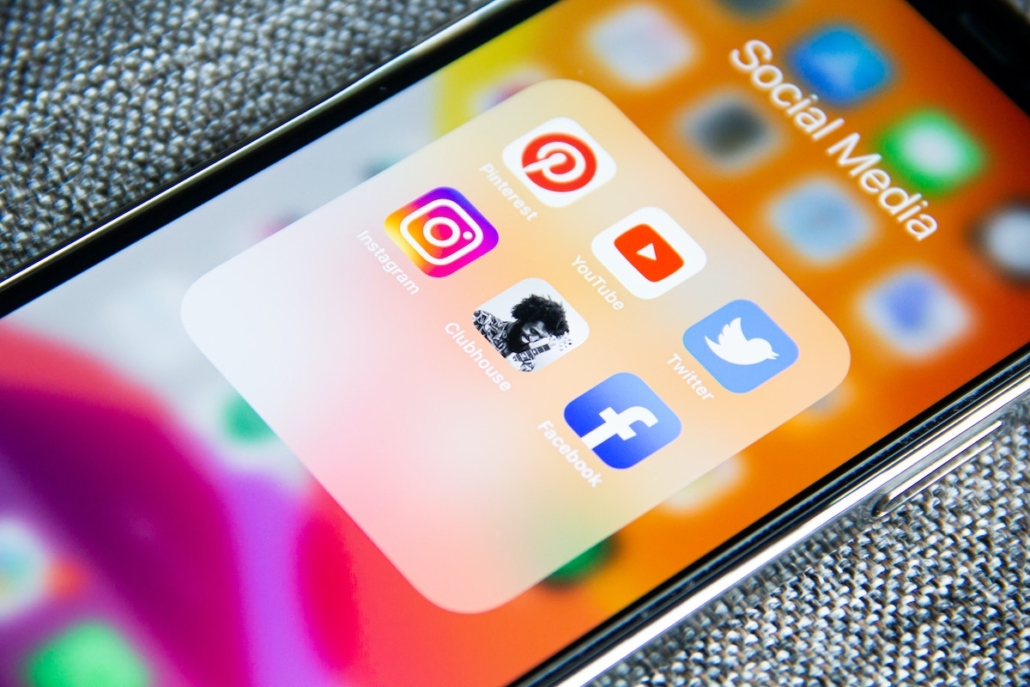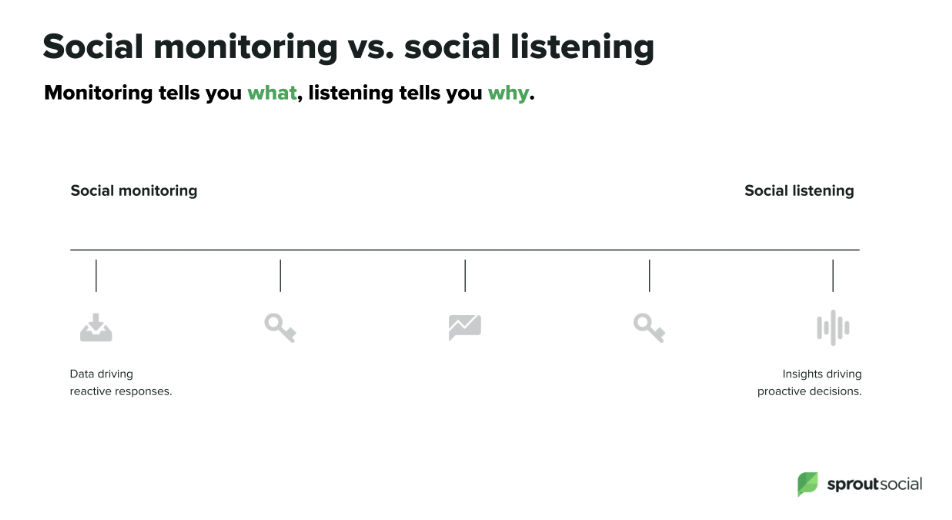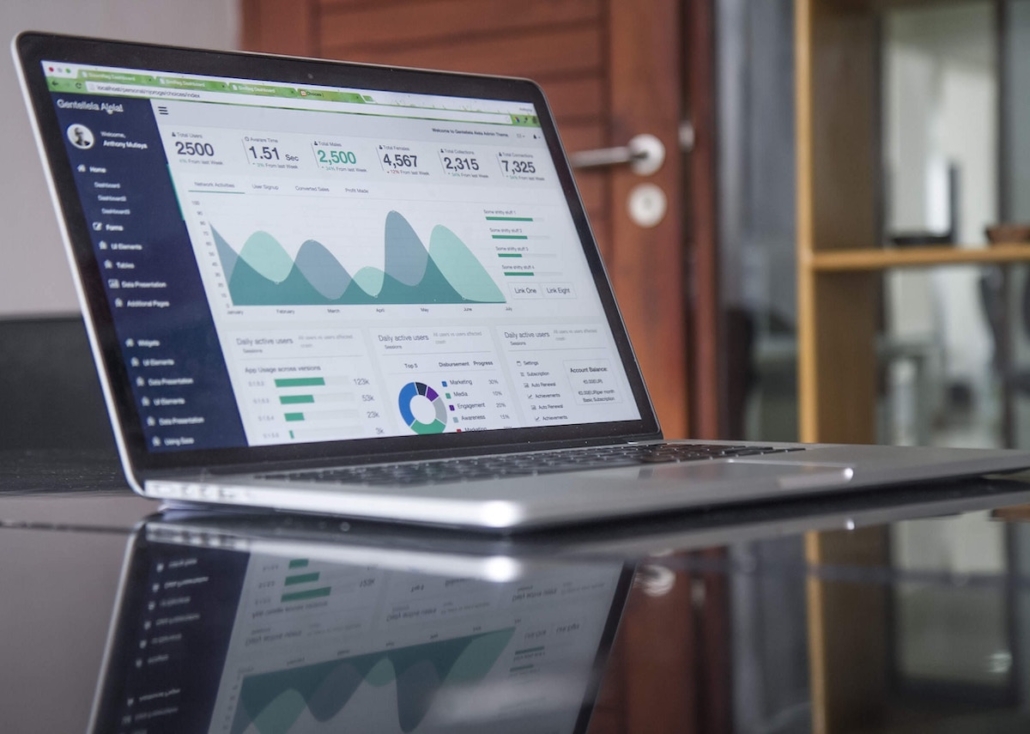Social Listening – What is it & How is it Useful
Social media has become an essential part of modern marketing, a valuable tool for brands to directly engage with consumers and gain insight from what people are saying in the digital landscape. However, the power that these platforms hold is only beneficial when paired with an understanding of how to analyze, interpret, and report their performance. One way to do this is through a process called social listening, also known as social media listening. Social listening is a process of tracking and analyzing conversations, discussions, and mentions of a brand or product across various social media platforms and online sources.

There are many components of social listening that give brands data-driven insight from real-time public opinion, allowing them to stay informed and consistently a part of the digital conversation. Here are some key aspects of social listening and ways that it can be used to develop a well-rounded marketing strategy!
1. Data Collection: First and foremost, social listening begins with the collection of data from a wide range of online sources like Instagram, Facebook, TikTok, Yelp, and many more. This data includes anything from text-based content like posts, comments, and reviews, to multimedia content such as images and videos. Automated tools and software are often used to continuously monitor social media platforms and online sources for things such as keywords, hashtags, brand mentions, or other related topics. In short, these online conversations are translatable into valuable business insights.

2. A Proactive Approach: You may already be aware of social media monitoring, which tracks specific brand mentions across platforms and is useful for quickly responding to negative feedback online. While this tool is functional as an extension of customer support and is crucial for brands, it is a highly reactive strategy, functions on the micro level, and doesn’t paint a large picture when developing a marketing strategy. With social listening, brands take the initiative in online reputation management by understanding how customers are perceiving not only their business, but also their competitors and industry as a whole. The data can be aggregated into a proactive marketing strategy, allowing brands to identify gaps and opportunities that help position them ahead of competition.

- Give People What They Want: An important use of social media listening is that it helps brands understand what their audience wants and expects from them. For example, a coffee brand may notice a surge in conversations around cold brew coffee during the summer months. They could then use this information to develop a targeted marketing campaign surrounding their cold brew offerings, and execute it during this season when consumers’ buying journeys are more likely to be influenced. Brands can also gain insights from social listening through customer feedback, whether it be positive or negative, and can make any necessary adjustments to improve the happiness of their audience. It’s safe to say that social listening and customer care go hand in hand.

- Trend Identification: Trends, trends, trends. Finding patterns in digital conversations can not only give brands insight into what’s working for their audience and what’s not, but also insight into how their competitors and industry are performing. Social listening is not limited to monitoring one brand or topic of interest, as it should be used when conducting market research to track competitors’ mentions and activities in the digital landscape as well. This aspect of listening provides an opportunity for brands to develop relationships with potential customers who are already engaged in the industry. Additionally, social listening can identify industry trends before they are even considered trends, allowing brands a chance to adapt their messaging and offerings early-on. One aspect of trend identification is influencer identification, which allows business and individuals to pinpoint relevant influencers and opinion leaders in their industry. By listening to keywords and trending conversations in real-time, brands can boost their name through collaborations with influencers that customers trust and are actively keeping up with.
5. Product & Content Development: Listening to customer discussions and feedback is a great way for brands to gain inspiration for new ideas and improvements of existing offerings. For example, in response to the consumer trend of “Netflix and chill,” Netflix created a video demonstrating how consumers can make their own socks for when they are streaming the platform. This is just one example of how brands can leverage social listening for content creation that is relevant and engages with the audience.

With more than 82% of marketing professionals viewing social listening as a key element in strategic planning, it is essential that brands use it to their advantage. Social listening is a valuable tool for brands to stay connected with their audience, understand market dynamics, manage their reputation, publish engaging content, and make data-driven decisions to drive business success. It provides a direct line of communication with customers and allows brands to adapt and evolve in a rapidly changing digital landscape.





